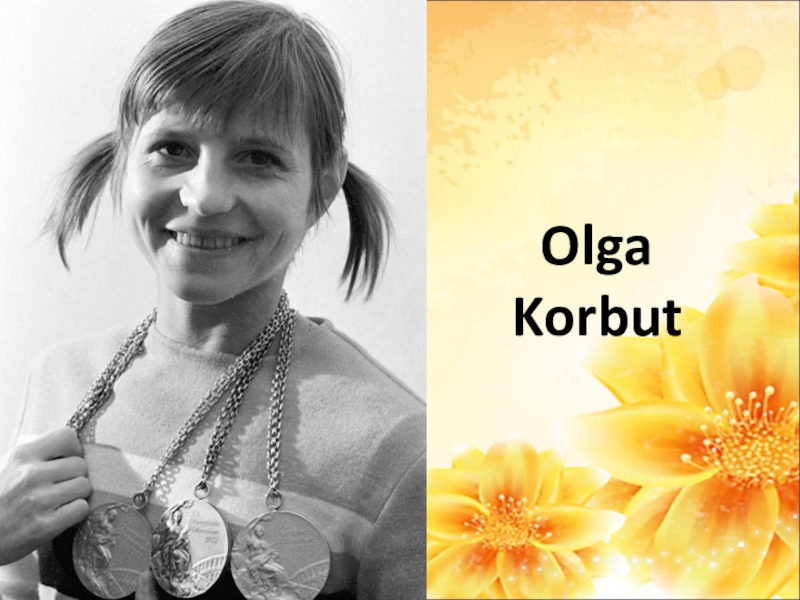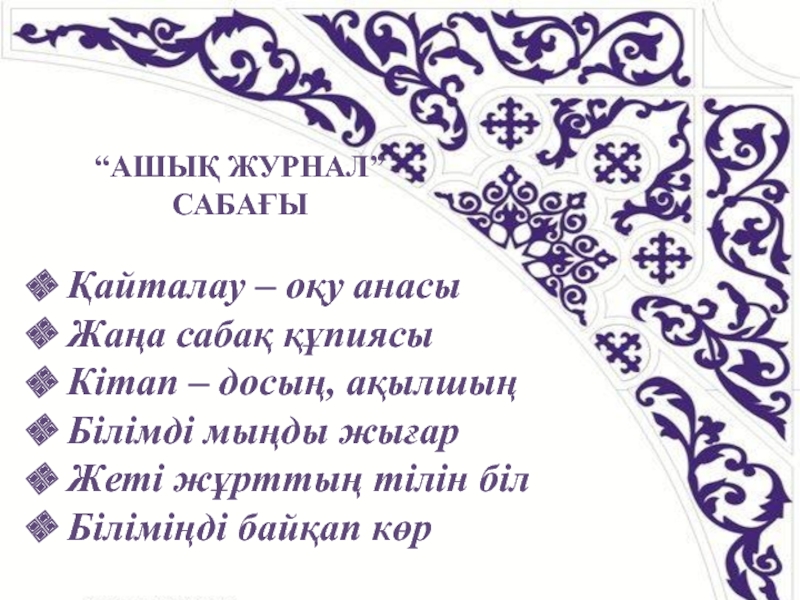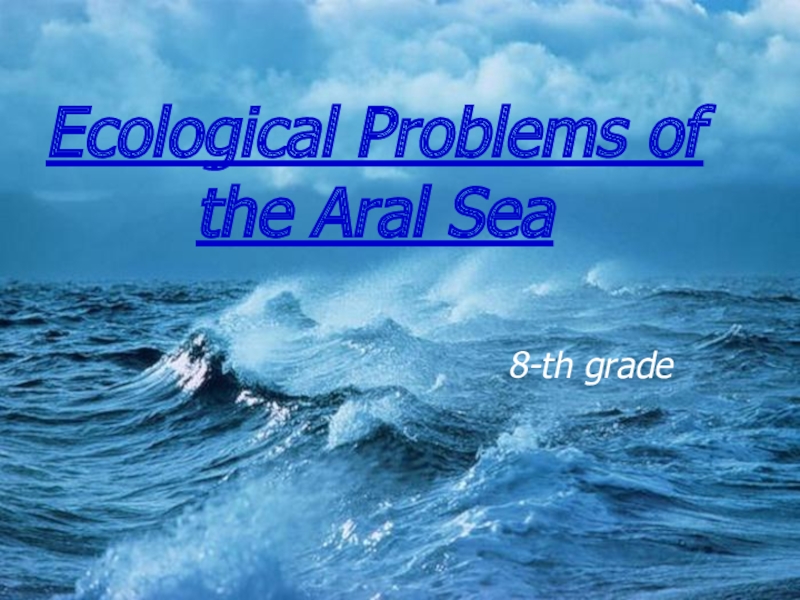- Главная
- Разное
- Образование
- Спорт
- Естествознание
- Природоведение
- Религиоведение
- Французский язык
- Черчение
- Английский язык
- Астрономия
- Алгебра
- Биология
- География
- Геометрия
- Детские презентации
- Информатика
- История
- Литература
- Математика
- Музыка
- МХК
- Немецкий язык
- ОБЖ
- Обществознание
- Окружающий мир
- Педагогика
- Русский язык
- Технология
- Физика
- Философия
- Химия
- Шаблоны, фоны, картинки для презентаций
- Экология
- Экономика
Презентация, доклад Английские и русские традиции
Содержание
- 1. Презентация Английские и русские традиции
- 2. Гипотеза I am sure there are similar traditions and beliefs in Russia and Great Britain.
- 3. Цели и задачи:
- 4. PAGANISM In this work we
- 5. WOOD – GOBLIN Wood-goblin, undoubtedly, is
- 6. WATER – SPRITE Water-sprite lives in
- 7. KIKIMORA . Kikimora is another being
- 8. DOMOVOY . Domovoy is a house-spirit in
- 9. Boggart . Boggart is most
- 10. VAMPIRES . Vampire folklore within the
- 11. BABA – YAGA, BLACK ANNIS.Baba Yaga
- 12. BLACK ANNIS BABA – YAGA
- 13. HALLOWEEN Ivan KupalaThe pagans
- 14. Слайд 14
- 15. HARRY POTTER IVAN TSAREVICHIn this work I’ve
- 16. Слайд 16
- 17. Слайд 17
Слайд 3 Цели и задачи: 1.To find similar features in old tales, songs in
Слайд 4 PAGANISM
In this work we like to tell
Слайд 5WOOD – GOBLIN
Wood-goblin, undoubtedly, is probably the best well-known characters
Слайд 6WATER – SPRITE
Water-sprite lives in rivers and lakes.
Слайд 7KIKIMORA .
Kikimora is another being in Russian mythology which
Слайд 8DOMOVOY .
Domovoy is a house-spirit in Russian legends. He looks
Слайд 9 Boggart .
Boggart is most commonly found in the
Слайд 10 VAMPIRES .
Vampire folklore within the British Isles is surprisingly
Слайд 11 BABA – YAGA, BLACK ANNIS.
Baba Yaga is an extremely popular
Black Annis is a pagan goddess in Britain. In this image we can find many similar features with Baba Yaga... She took the form of a one eyed ugly woman, with sharp teeth, long black claws and a blue face. She lived in deep forests and liked to eat little children. Sometimes Black Annis was also identified with a huge cat.
Слайд 13 HALLOWEEN Ivan Kupala
The pagans who lived in Britain
Midsummer Day, the 24th of June on old style. The birthday day of St. John Baptist. The popular belief was that the night before the Ivan Kupala's Day (St.John Baptist's Day) trees would move from place to place and talk among themselves; animals and even herbs would also talk to each other, because that night they would obtain magic power. To gain this power, people would gather herbs to be used for medicinal and sorcery purposes. Also, the plants were believed to be able to point to hidden treasures (in particular, the mythological fern flower); they were expected to protect from all sorts of troubles. To make sure that the herbs had the magic and medicinal effect, it was important to gather
Слайд 15HARRY POTTER IVAN TSAREVICH
In this work I’ve given characteristics and descriptions
The main hero of Russian folklore, owner of magic abilities, who defeated various monsters and enemies. Ivan Tsarevich (Ivan the Prince) is the third son of Tsar Vyslav of Gorokh and Vasilisa Prekrasnaya. The main legends about him show his struggle against Koshchej for the wife (Marya Morevna) and his expedition to catch Zhar-Ptitsa (the Firebird) who used to steal golden apples from the Tsar's garden.






















